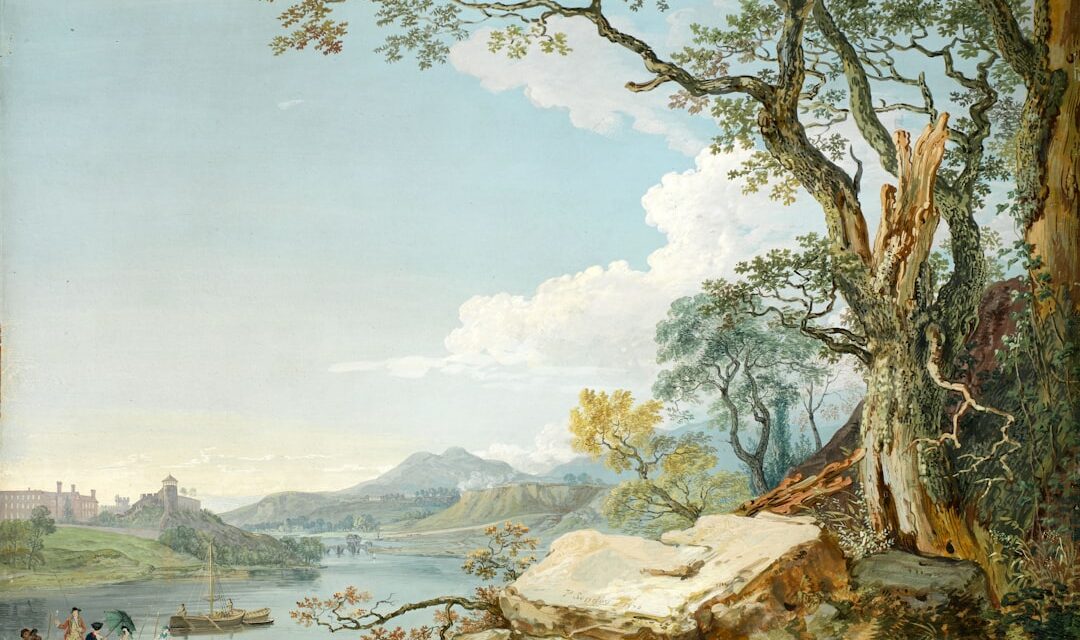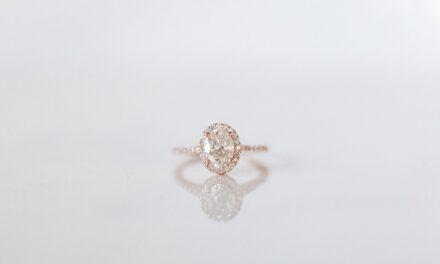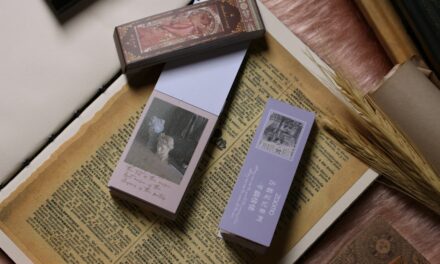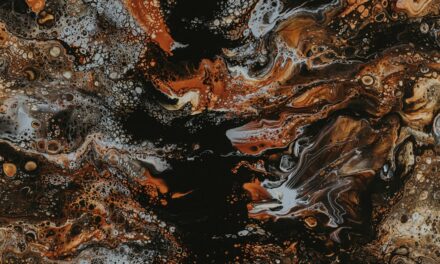Glaze painting is a technique that involves the application of a transparent or semi-transparent layer of paint over a dried layer of opaque paint. This method allows artists to create depth, luminosity, and a rich interplay of colours that can transform a simple composition into a vibrant work of art. The glaze itself is typically made from a mixture of pigments and a medium, such as oil or acrylic, which can alter the appearance of the underlying layers.
The result is a visual complexity that can evoke a range of emotions and responses from viewers. The beauty of glaze painting lies in its versatility. Artists can use glazes to enhance the tonal qualities of their work, create subtle shifts in colour, or even achieve intricate textures.
This technique is not limited to any specific genre; it can be found in landscapes, portraits, still lifes, and abstract works alike. By manipulating the transparency and layering of glazes, artists can achieve effects that are both striking and nuanced, making it a popular choice among painters seeking to elevate their artistic expression.
Summary
- Glaze painting is a technique where a layer of transparent or translucent colour is applied over a base layer to create depth and richness in the final artwork.
- Glaze painting has been used for centuries, with evidence of its use dating back to ancient Egypt and Greece.
- Materials and tools for glaze painting include glaze medium, brushes, palette knives, and a smooth surface to paint on, such as canvas or wood.
- Techniques for applying glaze include layering, blending, and sponging, which can create different textures and effects in the artwork.
- Colour mixing and effects with glaze allow artists to create a wide range of hues and tones, as well as achieve effects such as shading, highlighting, and creating a sense of luminosity in the artwork.
History of Glaze Painting
The origins of glaze painting can be traced back to ancient civilisations, where the technique was employed in various forms across different cultures. In ancient Egypt, for instance, artists used glazes to decorate pottery and tombs, creating vibrant colours that have withstood the test of time. The use of glazes in ceramics was particularly significant, as it allowed for the creation of glossy finishes that enhanced the aesthetic appeal of the objects.
This practice laid the groundwork for future developments in glaze painting. During the Renaissance, glaze painting experienced a resurgence as artists began to explore the potential of oil paints. Masters such as Titian and Rembrandt employed glazing techniques to achieve remarkable depth and realism in their works.
The layering of transparent colours allowed them to create lifelike skin tones and atmospheric effects that were revolutionary for their time. This period marked a significant evolution in the understanding and application of glazes, leading to a more sophisticated approach that would influence generations of artists.
Materials and Tools for Glaze Painting

To embark on a glaze painting journey, one must gather an array of materials and tools that facilitate this intricate technique. The choice of paint is paramount; oil paints are traditionally favoured for glazing due to their slow drying time, which allows for greater manipulation and blending. However, acrylic paints have also gained popularity in recent years, particularly among contemporary artists who appreciate their quick-drying properties and versatility.
Regardless of the medium chosen, it is essential to select high-quality pigments to ensure vibrant results. In addition to paint, various tools are required for effective glaze application. Brushes play a crucial role; soft, flat brushes are often preferred for their ability to create smooth, even layers.
Fan brushes can also be useful for blending edges and achieving delicate transitions between colours. Palette knives are another valuable tool, allowing artists to mix glazes thoroughly and apply them with precision. Furthermore, mediums such as linseed oil or glazing mediums can be added to oil paints to enhance transparency and flow, providing artists with greater control over their glazing techniques.
Techniques for Applying Glaze
The application of glaze requires a careful approach to achieve the desired effects. One common technique is known as “wet-on-dry,” where a glaze is applied over a fully dried layer of paint. This method allows for clear visibility of the underlying colours while adding depth and richness to the overall composition.
Artists often use this technique to create shadows or highlights, enhancing the three-dimensional quality of their work. Another technique is “wet-on-wet,” where glazes are applied to wet paint. This method can produce softer edges and more fluid transitions between colours, resulting in a more ethereal effect.
Artists may choose to use this technique when aiming for atmospheric landscapes or dreamy portraits. Additionally, layering multiple glazes can create complex colour interactions; by allowing each layer to dry before applying the next, artists can build up a rich tapestry of hues that captivates the viewer’s eye.
Colour Mixing and Effects with Glaze
Colour mixing in glaze painting is an art form in itself, as the transparency of glazes allows for unique interactions between layers. When mixing colours for glazing, artists must consider how the underlying hues will influence the final appearance. For instance, applying a warm glaze over a cool base can create an intriguing contrast that adds vibrancy to the piece.
Conversely, layering cool glazes over warm tones can produce a sense of depth and shadow. The effects achieved through colour mixing with glazes are often subtle yet profound. Artists can create luminous skin tones by layering transparent glazes over an opaque base layer, allowing the underlying colour to shine through while softening harsh edges.
Additionally, glazes can be used to evoke specific moods; for example, a series of cool blues and greens can convey tranquillity and calmness, while warm reds and yellows may evoke energy and passion. The ability to manipulate colour through glazing opens up endless possibilities for artistic expression.
Glaze Painting in Different Art Styles

Traditional Realism and the Art of Glazing
Glaze painting has found its place across various art styles throughout history, each adapting the technique to suit its unique aesthetic goals. In traditional realism, artists often employ glazing to achieve lifelike representations with intricate details and rich textures. The meticulous layering of glazes allows for subtle variations in skin tones and natural elements, creating an almost photographic quality.
Breaking Free from Representational Art
In contrast, contemporary abstract artists have embraced glaze painting as a means of exploring colour and form without the constraints of representational art. By layering bold glazes in unexpected combinations, these artists create dynamic compositions that invite viewers to engage with colour on an emotional level.
The Fluidity of Glazing
The fluidity and transparency inherent in glazing lend themselves well to experimentation, allowing for spontaneous interactions between colours that can lead to surprising results. This freedom to experiment has made glaze painting a popular choice for many contemporary artists seeking to push the boundaries of their craft.
A World of Colour and Possibility
As a result, glaze painting continues to evolve, offering artists a versatile medium with which to express themselves. Whether used to create realistic representations or abstract masterpieces, the art of glazing remains a powerful tool in the world of art.
Tips and Tricks for Glaze Painting
For those venturing into glaze painting, several tips can enhance the experience and outcomes. First and foremost, patience is key; allowing each layer to dry thoroughly before applying subsequent glazes ensures clarity and prevents muddiness in colour. It is also advisable to work in thin layers; this not only helps maintain transparency but also allows for greater control over the final appearance.
Experimentation is another crucial aspect of mastering glaze painting. Artists should feel encouraged to test different combinations of colours and mediums on scrap paper or canvas before committing to their final piece. This practice can reveal unexpected interactions between hues and help refine techniques.
Additionally, keeping a clean palette and brushes will prevent cross-contamination of colours, ensuring that each glaze retains its intended vibrancy.
Famous Artists Known for Glaze Painting
Throughout art history, numerous artists have become renowned for their mastery of glaze painting techniques. One such figure is Johannes Vermeer, whose exquisite use of glazes contributed to the luminous quality of his works like “Girl with a Pearl Earring.” Vermeer’s ability to layer transparent colours created depth in his paintings that continues to captivate audiences today. Another notable artist is J.M.W. Turner, celebrated for his atmospheric landscapes that often employed glazing techniques to evoke light and movement. His innovative approach allowed him to capture the ephemeral qualities of nature, resulting in works that resonate with emotional intensity. In contemporary art, artists like Julie Mehretu utilise glazing techniques within abstract compositions, exploring themes of geography and identity through layered colours that invite viewers into complex visual narratives. These artists exemplify the enduring appeal and versatility of glaze painting across different periods and styles, showcasing how this technique continues to inspire creativity and innovation in the art world today.
For those interested in exploring the nuances of painting techniques such as glazing, a deeper understanding of the artists who mastered this approach can be quite enlightening. One such artist is Leonardo da Vinci, renowned for his meticulous use of glaze to achieve depth and realism in his works. To appreciate how historical figures like da Vinci have influenced modern painting techniques, you might find the article An Introduction to the Artist Leonardo da Vinci particularly useful. This piece offers insights into his artistic methods and how they continue to impact contemporary art practices.




